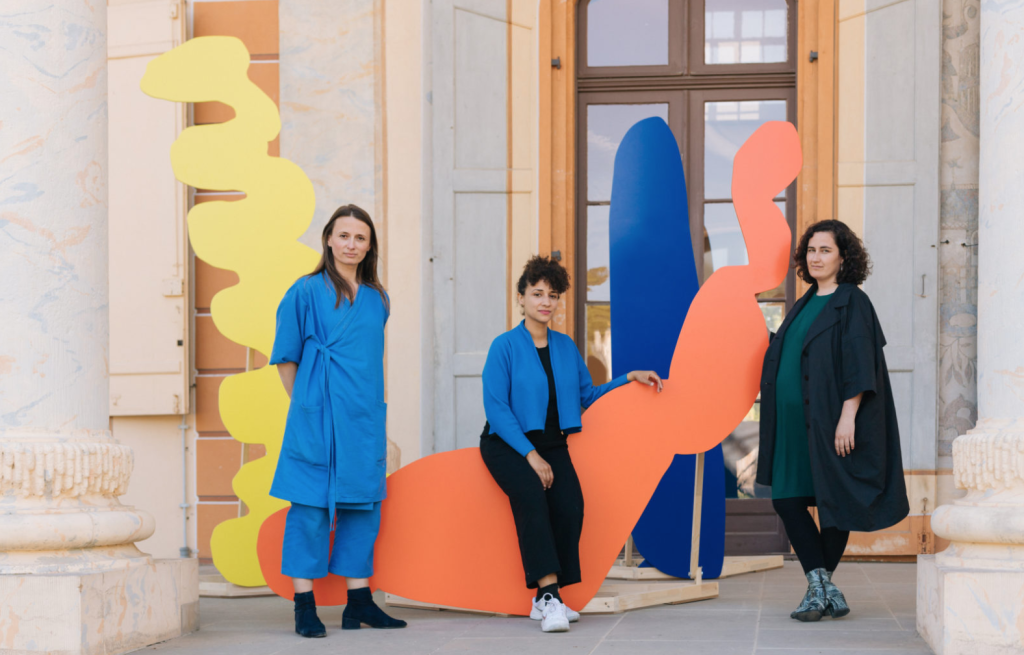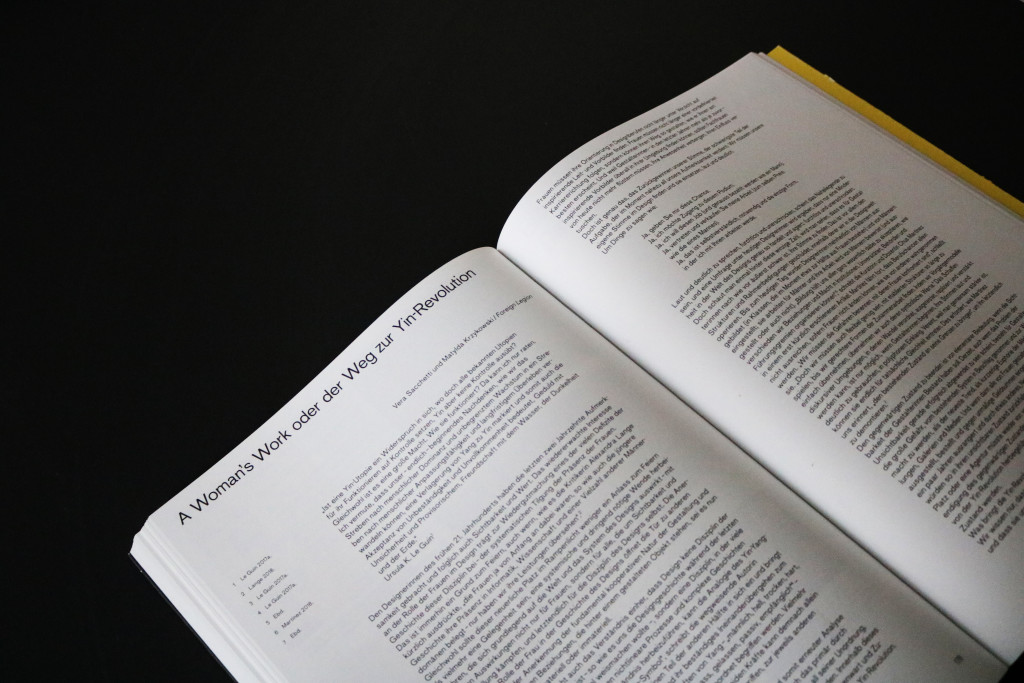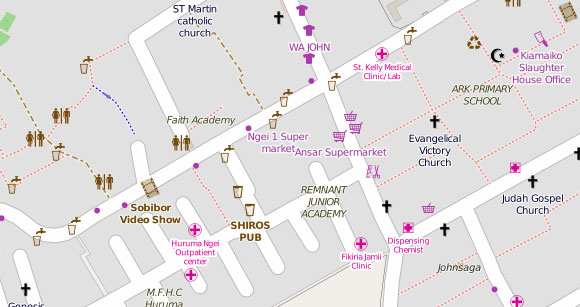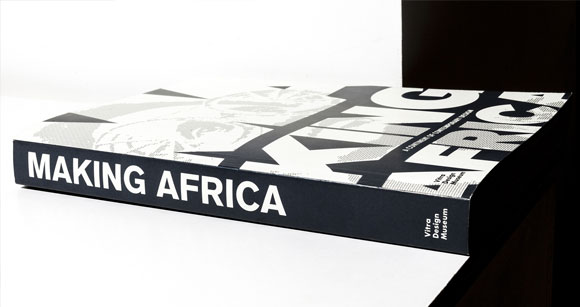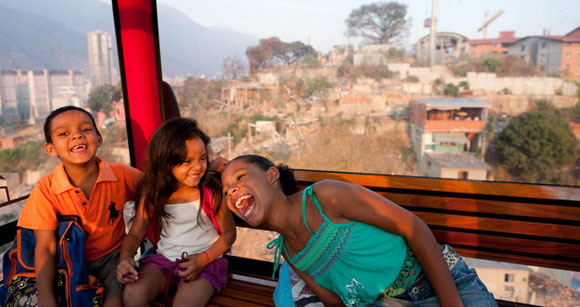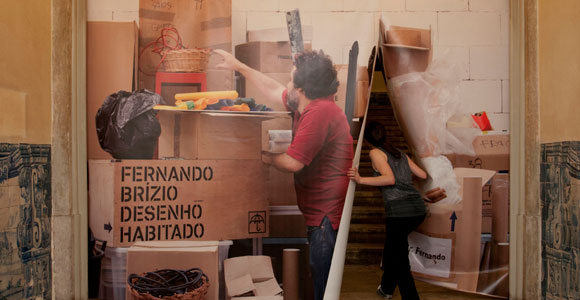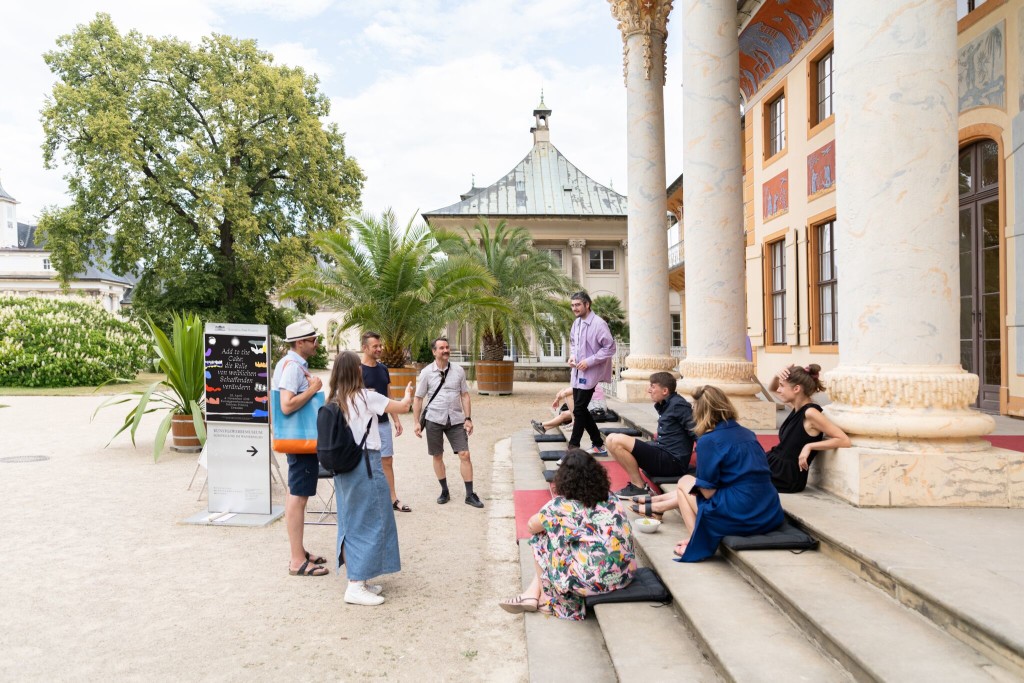 On the steps of Wasserpalais at Schloss Pillnitz, Museum of Decorative Arts Dresden. Photo by Klemens Renner.
On the steps of Wasserpalais at Schloss Pillnitz, Museum of Decorative Arts Dresden. Photo by Klemens Renner.
Last 5 July, the Museum of Decorative Arts Dresden held the official opening of Add to the Cake: Transforming the roles of female practitioners, a project I curated with Matylda Krzykowski under the moniker Foreign Legion. The project started with the A Woman’s Work symposium back in January, and then evolved into a two-part exhibition, with a Preview opening back in 26 April.
With Add to the Cake, we wanted to take the conversation started at the symposium further: We commissioned various practitioners such as Ann Kern, Ji-hee Lee, Gabriel Maher and Garret Nelson to think about What happens when you Add to the Cake? — to think about the future. For the exhibition that opened 5 July 2019, spaces were transformed to give way to a series of installations on visions for the future of female practice. Simultaneously, various Visual Fictions by contributors such as Anne Dessing & Michel van Irsel, Gallery Stephanie Kelly, Kamau Patton and OOIEE, act as an expression of desire for something lacking here and now. The exhibition becomes the transformation it heralds, enacting futures that are inclusive, generous, all-encompassing and joyous.
Add to the Cake advocates that we can – and need to – add to the existing “cakeâ€: infinite layers for an expanded canon. Adding to museum collections and to historical accounts, adding to collective memory and to possible futures. Most importantly, we must realise that “adding†enriches the existing context with multiple, varied voices and perspectives.
After the jump, an outline of all the work and new commissions that were developed as part of Add to the Cake, as well as some installation views.
Continue reading Add to the Cake: Transforming the roles of female practitioners

